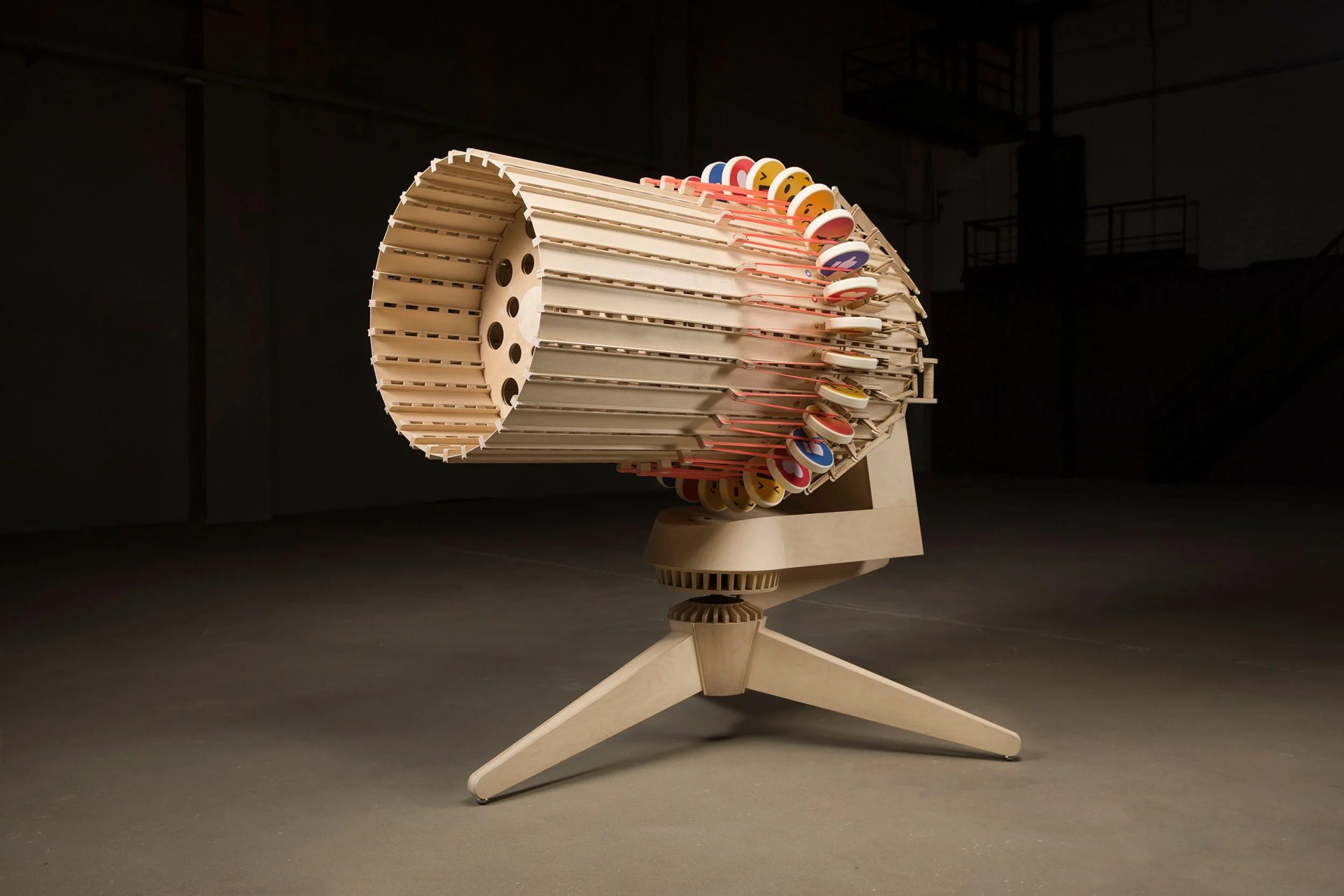
Using his “Emotigun,” Tadas Maksimovas offers a look at how our need for constant affirmation would appear in the physical realm. This “motor-powered, remote-controlled machine slingshot” was created by Maksimovas, designed by Martijn Koomen, and had its first prototyped version crafted by YouTube star Jorg Sprave. In the video below, Maksimovas offers himself as a target.
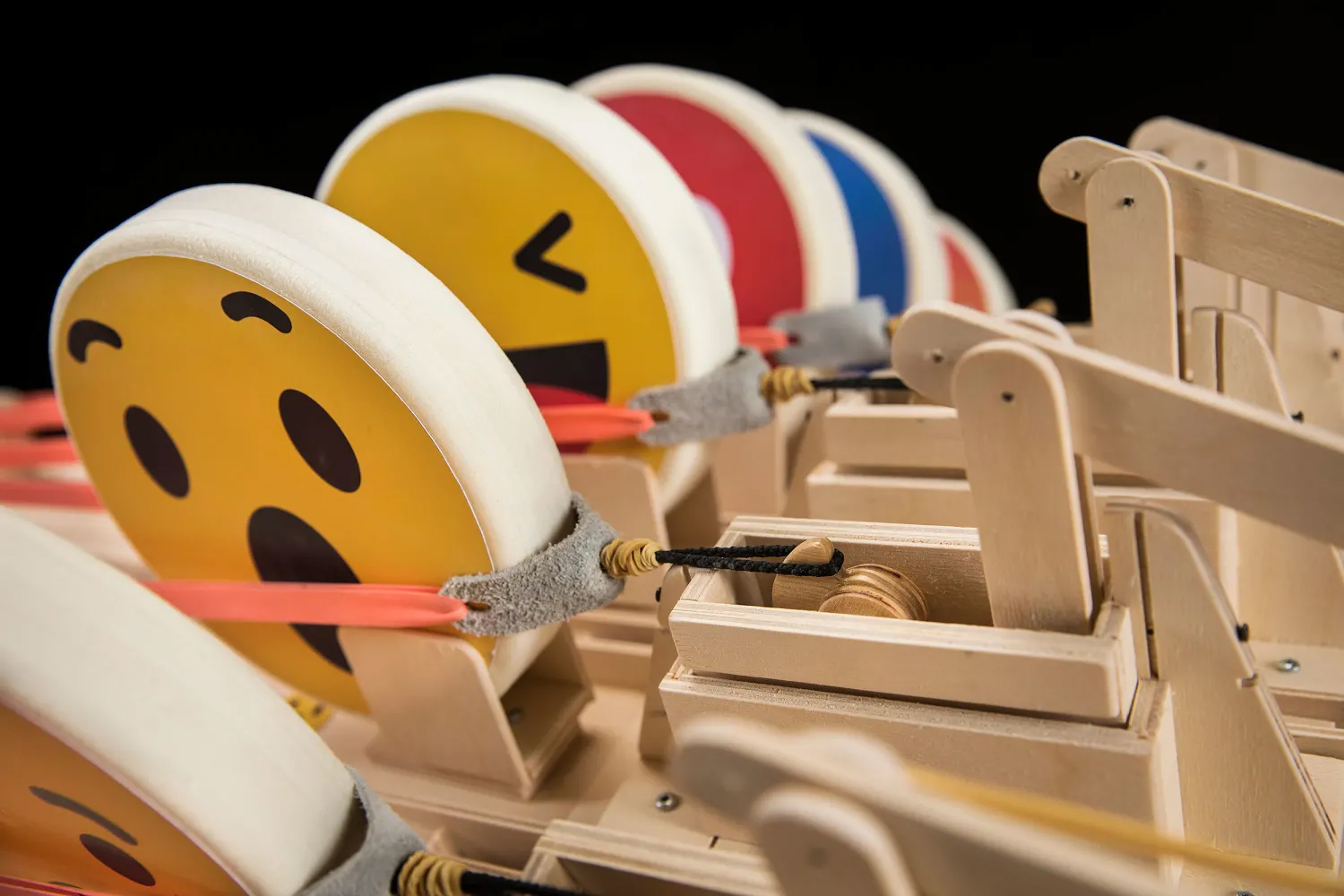

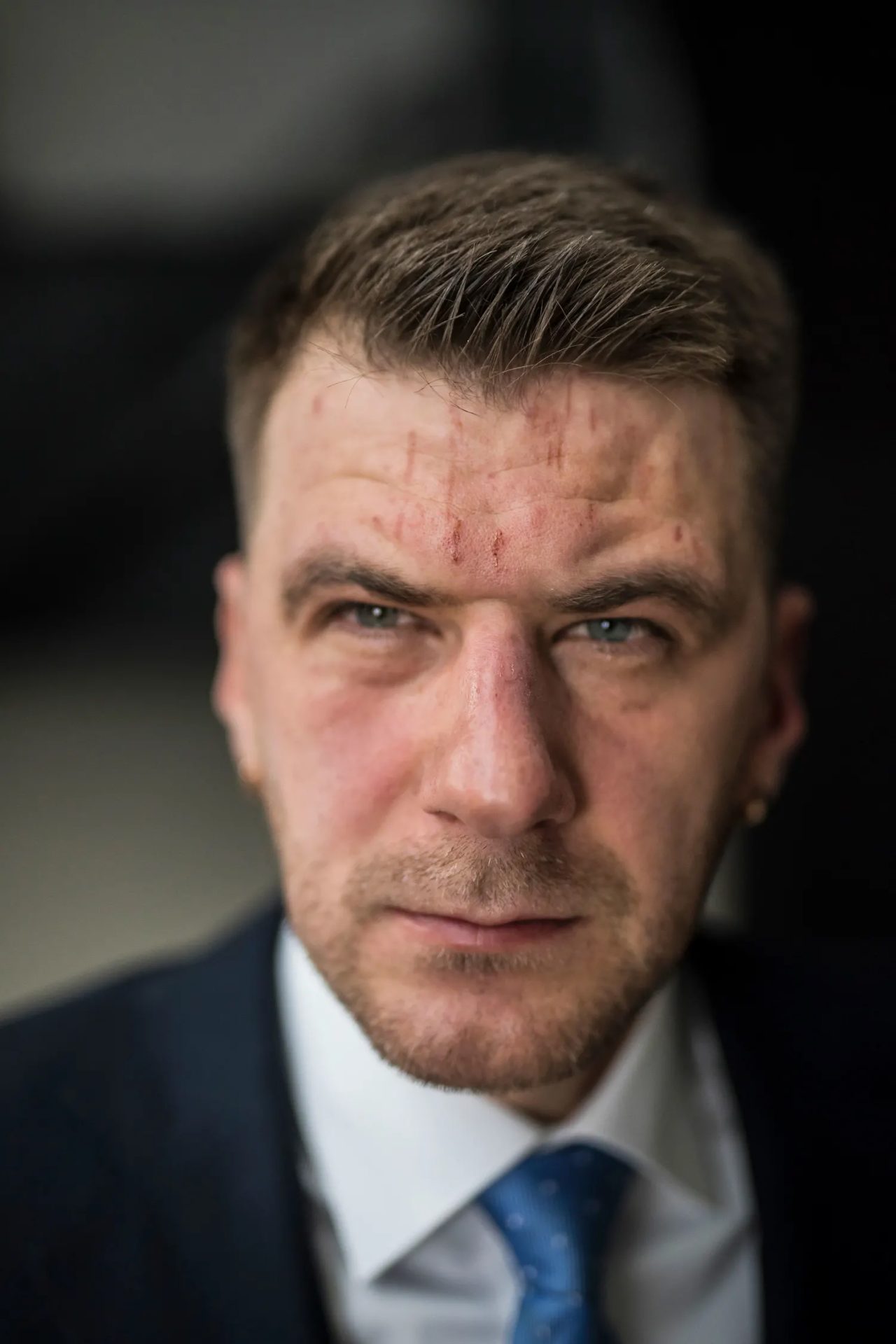
The artist says the gun is “loaded with reaction emojis as it’s ammunition which can be found across social media platforms – 👍 ❤️ 😂 😯 😢 😡 etc.. The concept aims to pose the question as to whether or not we would still long for constant recognition online, if we received it physically.”
See more views of this projects and others below.
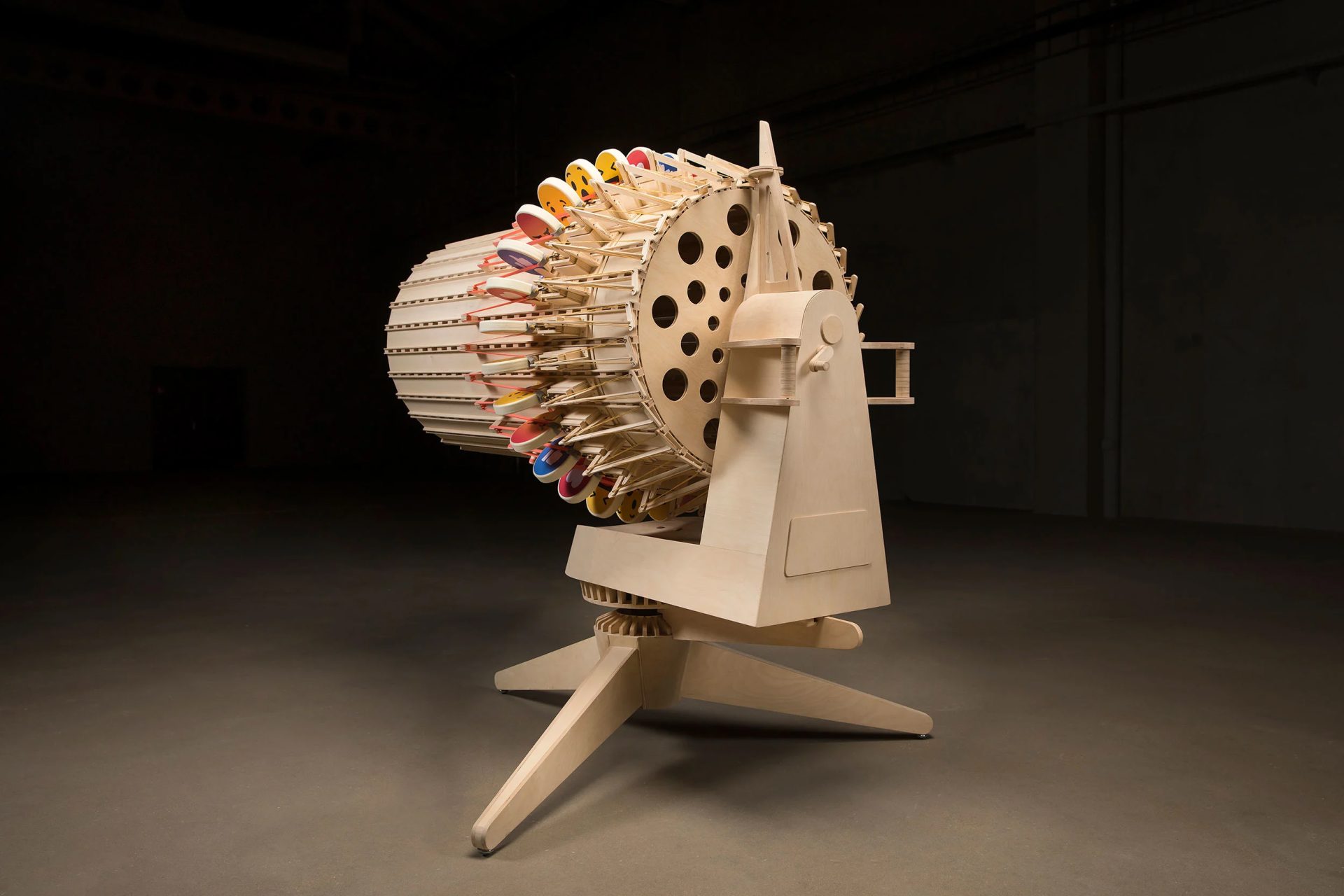
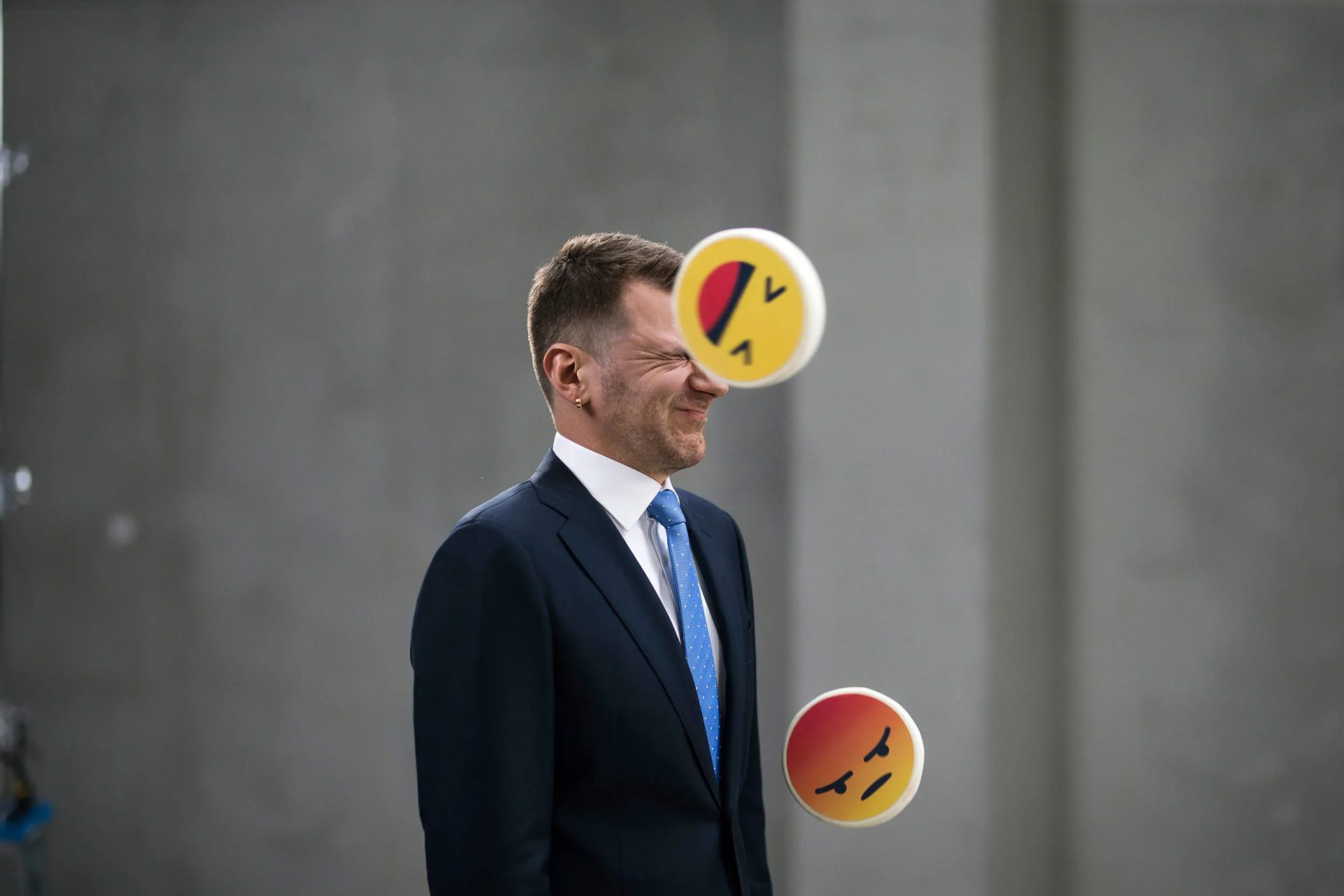




 The human body was one of the earliest subjects of sculpture, predating galleries or artistic statements or even recorded history. Even today, the functions range from ritualistic to iconographic, decorative to narrative-driven. Seeing the form through the lens of
The human body was one of the earliest subjects of sculpture, predating galleries or artistic statements or even recorded history. Even today, the functions range from ritualistic to iconographic, decorative to narrative-driven. Seeing the form through the lens of  Lucy McRae's new "Compression Carpet offers a full embrace for those who feel like they need a hug, a meditation on how technology can aid intimacy or support. The "body architect" recently showed the device at Festival of the Impossible in San Francisco. For some, the device may recall the hug machine created by Temple Grandin for stress relief and therapy. With her device, McCrae says, you "relinquish control to the hands of a stranger as your 'servicer' decides the firmness of your hug."
Lucy McRae's new "Compression Carpet offers a full embrace for those who feel like they need a hug, a meditation on how technology can aid intimacy or support. The "body architect" recently showed the device at Festival of the Impossible in San Francisco. For some, the device may recall the hug machine created by Temple Grandin for stress relief and therapy. With her device, McCrae says, you "relinquish control to the hands of a stranger as your 'servicer' decides the firmness of your hug."